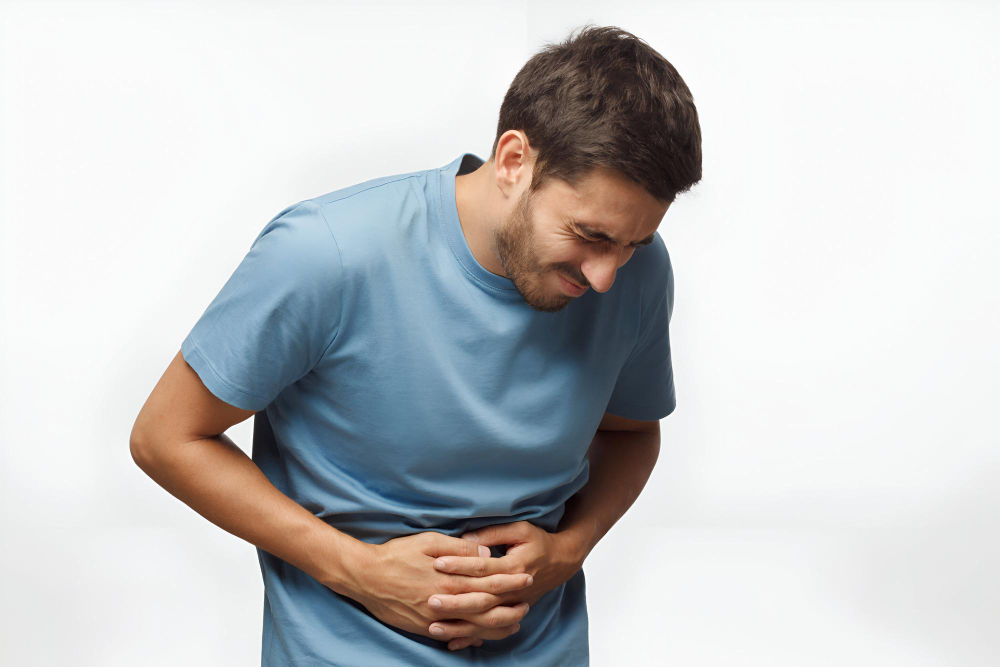Choledochal cysts are unusual formations that occur in the bile duct, which is a crucial part of our digestive system. These cysts are rare but can lead to significant health problems if left untreated. Imagine a little out-of-place balloon forming on the route where your bile flows; that’s a simple way to picture them.
Now, why should you care about these? Well, though they are uncommon, they can cause some severe issues like jaundice, infections, and in worst-case scenarios, even cancer. This blog aims to help you understand what these cysts are, the symptoms of choledochal cysts, and the possible treatment options available. By the end, you’ll have a clear idea of why early diagnosis is key, and how medical advancements have improved the choledochal cysts treatment success rate.
Understanding Choledochal Cysts: Symptoms, Diagnosis, and Risks
Choledochal cysts are a type of birth defect in the bile duct, meaning they are present from birth. These can vary in size and can lead to complications if ignored. The most common choledochal cyst symptoms include:
- Abdominal pain that won’t go away
- Yellowing of the skin or eyes, known as jaundice
- Recurrent infections, especially in the liver area
If you experience these symptoms, it’s crucial to get checked by a doctor. Diagnosing these cysts usually involves methods like ultrasound, CT scans, or MRI. These diagnostic tools are effective in identifying and understanding the nature and size of the choledochal cysts.
Untreated, these cysts can lead to serious risks. One major risk is cancer in the bile duct, which is life-threatening. The pressure from the cysts can damage the liver over time, too. These risks make it incredibly important to have regular check-ups if you have a family history of choledochal cysts. This can catch issues early and help with prompt choledochal cysts diagnosis and treatment.
Treatment Options for Choledochal Cysts
When it comes to choledochal cysts treatment, surgery is the primary method. There’s no magic pill that can make these cysts disappear. During the choledochal cyst surgery, doctors often remove the cyst carefully. Thanks to medical advancements, the chances of a successful surgery are high today.
The real advantage of early detection is how it simplifies the process of surgical removal of choledochal cysts. A timely surgery offers better results and fewer complications. The earlier you tackle the problem, the smoother the recovery will be.
After the surgery, you’ll need to focus on recovery, which involves some lifestyle changes and regular medical check-ups. This care ensures that your liver and bile duct remain healthy and that no new cysts form. These follow-ups are crucial to catch any potential problems before they escalate.
Living with and Preventing Choledochal Cysts
Living after choledochal cyst surgery involves managing your health actively. Regular health screenings are important for those treated for these cysts. These check-ups help catch any long-term effects of choledochal cysts early on and prevent serious complications.
To prevent these cysts from affecting your health again, focus on overall liver and gallbladder health:
- Eat a balanced diet rich in fruits and vegetables.
- Stay hydrated to help your body’s natural detox systems.
- Avoid excessive alcohol, as it strains the liver.
- Pick consistent exercise routines to maintain a healthy weight.
The risk factors for choledochal cysts can vary, but maintaining good health minimizes potential problems. Also, if you have a family history, regular screenings become even more important.
Early diagnosis and treatment lead to positive outcomes. With proper care and ongoing attention, living well after surgery becomes a reality.
In summary, what is choledochal cysts should now be clear to you. These are rare, yet potentially dangerous, cysts that can have serious health implications. Being informed is your first step toward prevention and effective treatment.
